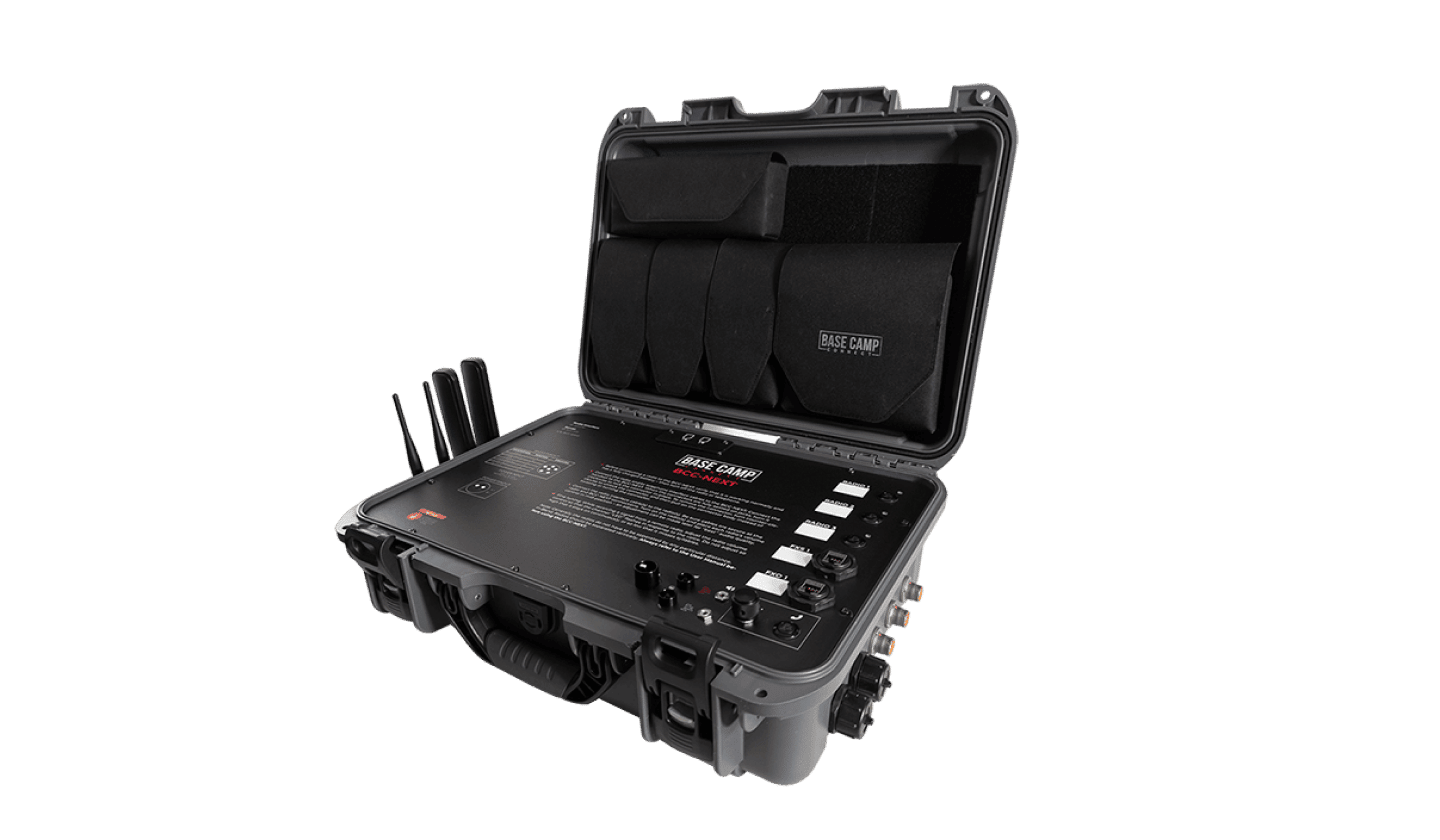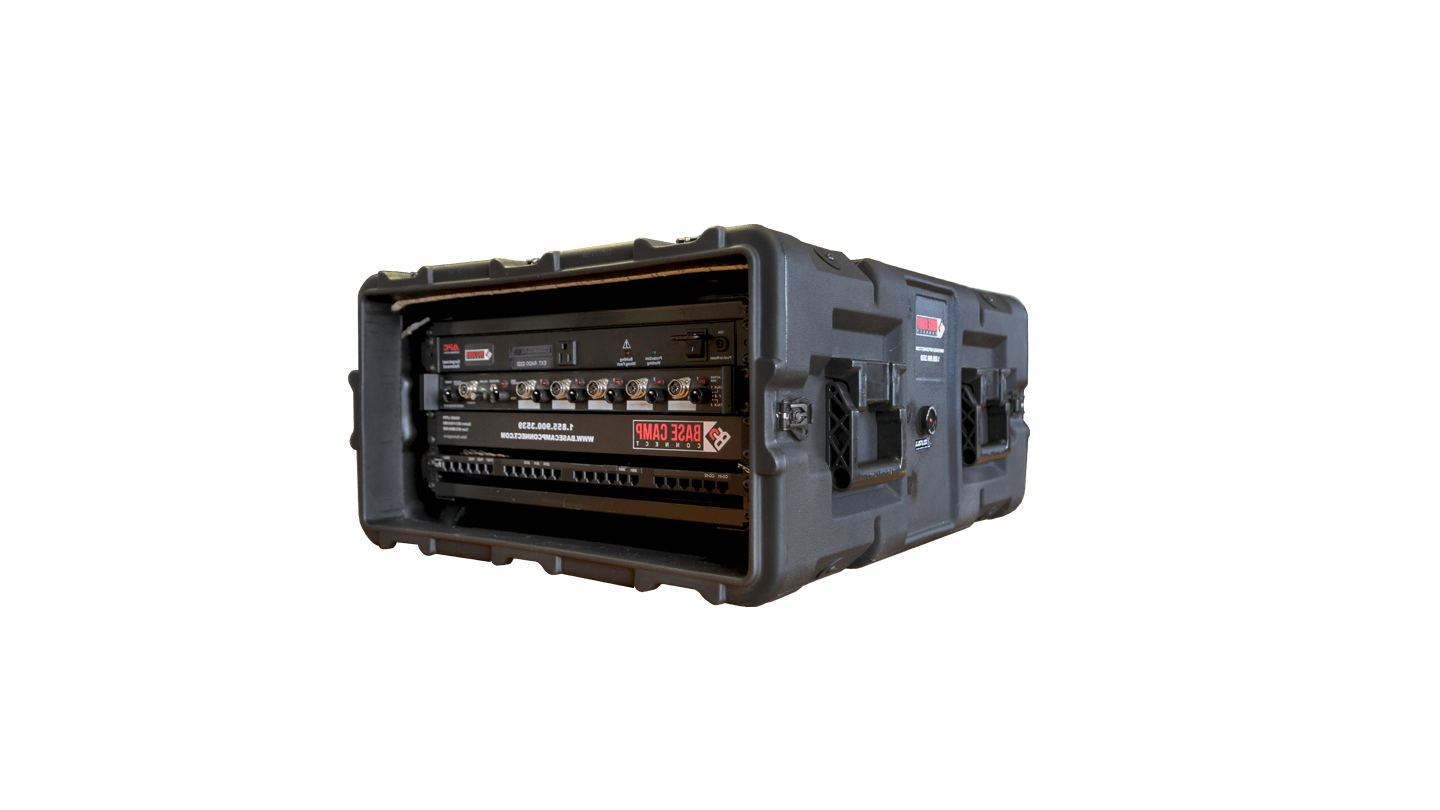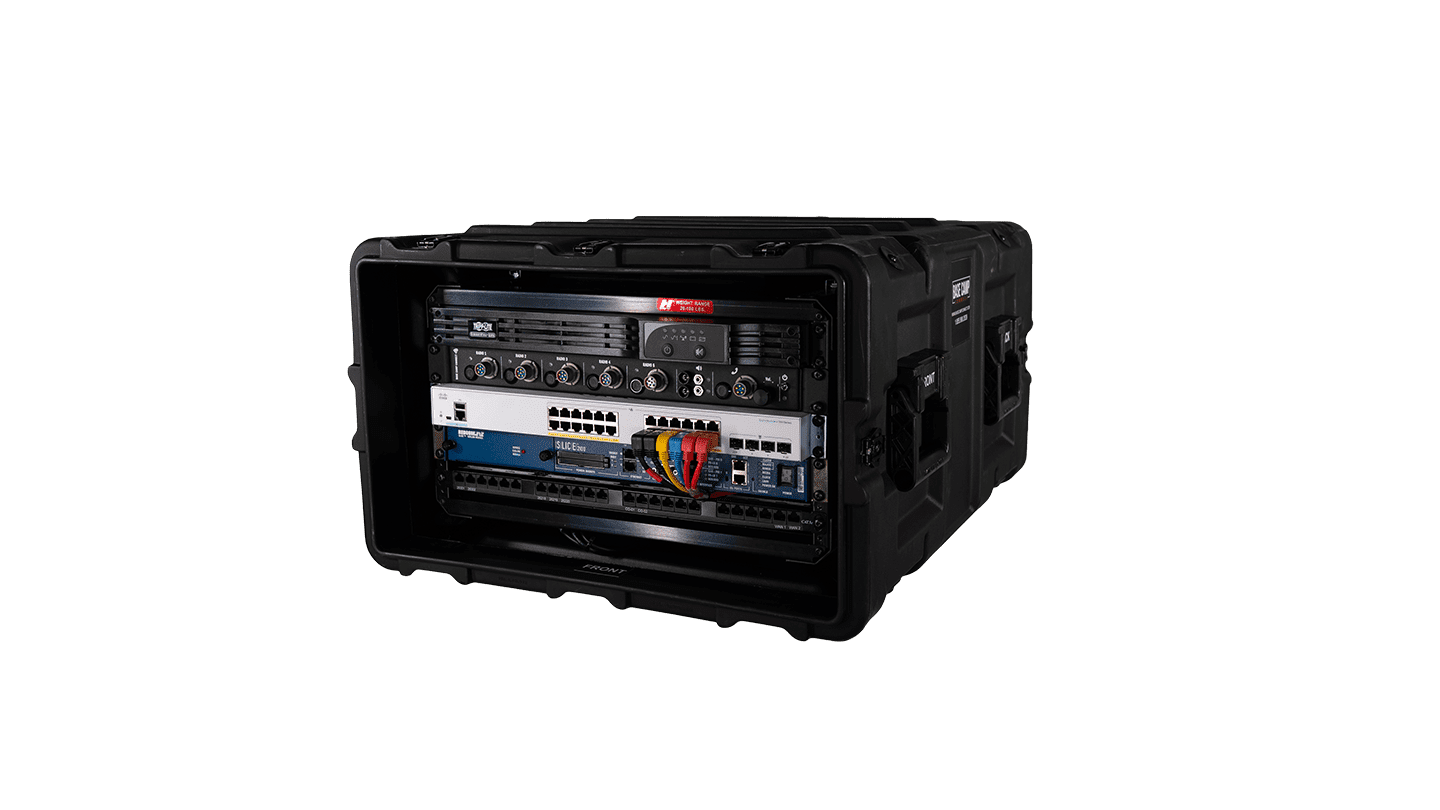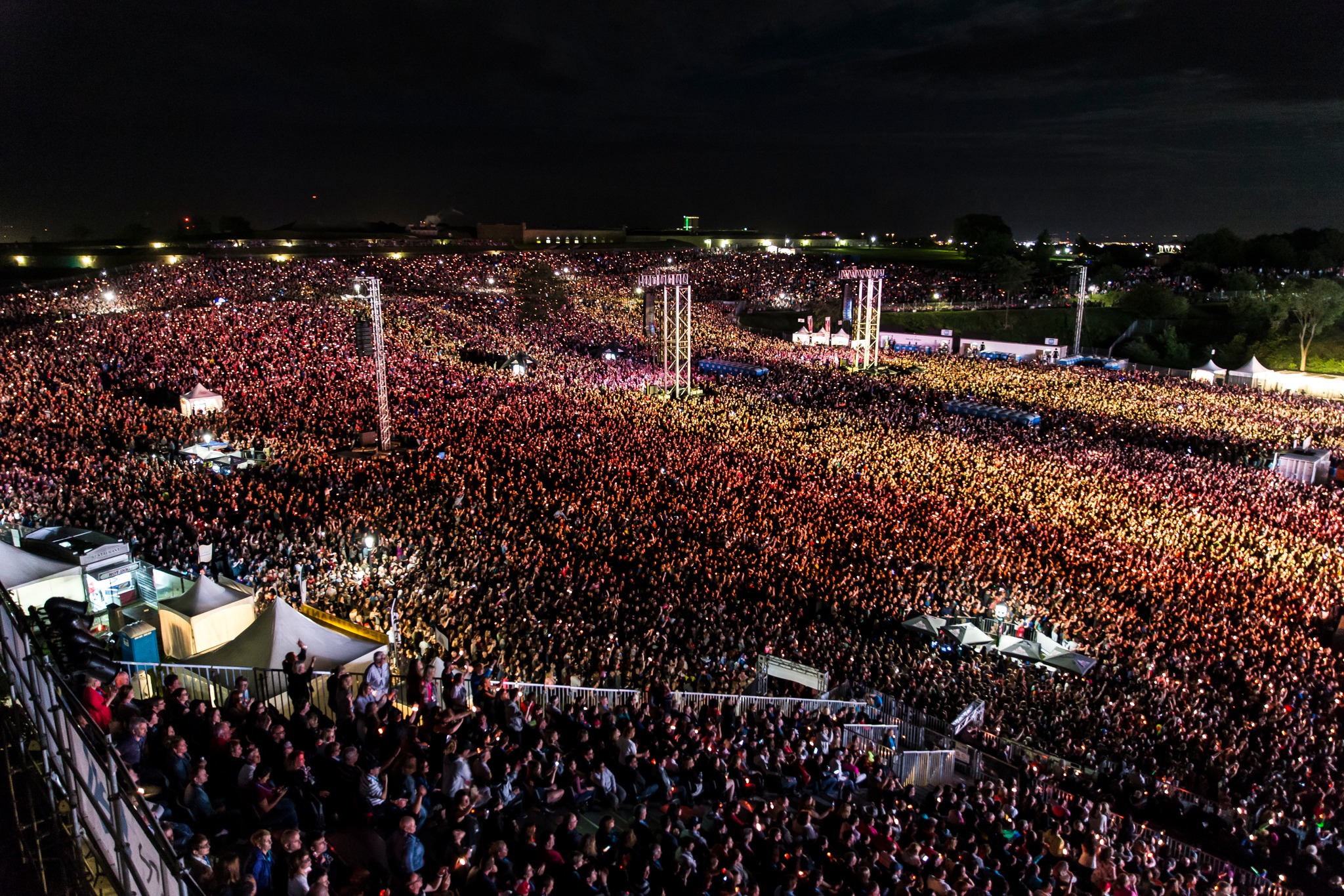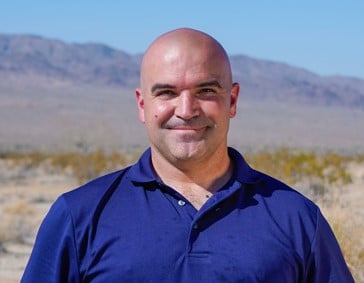As humans, we are social creatures by nature. We enjoy gathering together for entertainment. In some cases, our gatherings can be quite large such as sporting events, concerts, or special occasions. Some of these events draw massive crowds like the Super Bowl, World Cup, Olympics, or the shows of some of the hottest artists of our time. These so-called mega-events are attended by tens of thousands of people or more.
While our social gatherings can be enjoyable, it takes an enormous effort to make these events safe. One of the biggest challenges for event organizers is security. From crowd control to responding to medical emergencies, event security requires well-developed standard operating procedures and, above all, a well-thought-out communication plan. When the communication plan is weak, problems can, and likely will, occur.
Astroworld Disaster
On November 5, 2021, in Houston, Texas, American rapper and singer Travis Scott was set to headline his annual music festival, Astroworld. By the time Scott had completed his set on the first day of the festival, eight people had died, and hundreds were injured. Two more individuals would die later in the hospital. Most deaths were caused by victims being crushed by the crowd and suffocating.
In the aftermath of the tragedy, investigators determined that much of the chaos resulted from poorly trained security personnel, subpar event managers, and a lack of any real communications plan. In numerous cases, paramedics on scene had no way of effectively communicating with event organizers, law enforcement, or other first responders.

While there is no way to say for sure that a well-developed communication plan would have prevented the Astroworld disaster, it would have no doubt made the event safer. Unfortunate events like the music festival should provide you with more than enough reasons to ensure your next event has a well-developed communication plan, proper training for event personnel, and the right equipment.
Elements of a Good Communication Plan (Five Ws)
The development of a communication plan, especially for mega-events, should begin months or even more than a year before the actual event. Just as no two events are exactly the same, communication plans must be tailor-made for each event. Even events that occur annually will still be slightly different from year to year.
Communication plans should be developed by asking the classic five Ws.
- Who needs to communicate?
- What information needs to be communicated?
- When does this information need to be communicated?
- Where does the information need to be transmitted?
- Why does this information need to be communicated?
When you have answered these questions, you must ask how you will facilitate the needed communication. Most of the time, this means identifying the right equipment for the event. It also means recognizing the standard operating procedures for how everyone will use the equipment.

After asking the five Ws, you should be able to develop a list of possible situations that will require event staff to relay information accurately and on time. Doing so will allow event organizers and senior leaders to make decisions that ultimately keep people safe to enjoy the event.
Although each plan will be different, some common elements should be inherent in all plans. These include communications hierarchy, standard operating procedures, and emergency procedures.
Identifying the communications hierarchy is critical to ensuring the right people get information. This is where establishing a command post or central communications hub is extremely helpful. A command post serves as the primary collection point for all data, voice, and radio transmissions. Personnel at the command post can collect the information coming in and decide what resources to redirect towards any planned or unexpected situations.
If every security guard at a mega-event were calling in the same danger to the police, it would be difficult to decide how significant a threat or emergency is actually occurring. Incoming information can be processed and accurately conveyed to the proper authorities by collecting reports at a command center. This avoids confusion and the potential waste of resources. Ensure that every person handling a communication device knows who they are to call and when.

Standard operating procedures and emergency procedures should define what needs to occur from a communications standpoint step by step. How will each person with a radio report to their team lead or the command center? If one form of communication equipment isn’t working, what is the next method to use? If there is a medical emergency, who should personnel contact first, and what information should they have ready for the command center or medical professionals?
A well-developed plan will leave little guesswork to event staff on who they should communicate to, when they should do it, and how they should go about it. With a plan in hand, you can now begin to train to the standards you have decided to use for your event.
Proper Training
When it comes to training your team for the communications aspects of a mega-event, there are two facets to the training. First, you and your team need to know the plan. Second, you must practice the plan.
The best communication plan of all time is useless if it only exists on paper or in the minds of a select few. Communication plans reach their full potential when they are shared with every team member. Invest the time in your team to review the plan in detail regarding each member’s roles and responsibilities. Ensure copies of the plan are available for reference and review as needed.

Once everyone is familiar with the communication plan, it is time to practice it. One of the best methods for this is to have mock or rehearsal events. Present scenarios that are likely to occur and walk your team through each step they should take in response to the given situation. Once it appears everyone understands, try presenting scenarios for them to rehearse without walking through each step.
Finish each practice with a review of what was done correctly and where the team could have performed better. Assign additional training as needed. The time you invest in making your team well versed in how to communicate will pay dividends during the actual event.
The Right Equipment
The importance of choosing the right communications equipment for your event can not be understated. There are many ways you and your staff can communicate. Some of these include radios, cell phones, computers, and satellite-based communication assets. Each type of communications asset has its own advantages and disadvantages.
When selecting communications systems for your event, you need to consider capabilities and interoperability.
The capabilities of the systems you select must support the communications needs of your event as identified during the creation of the communication plan. Selecting gear that doesn’t take the specific characteristics of the mega-event into consideration is a recipe for disaster.

For example, suppose you plan to use cell phones as your primary means of communication. Cell phones may be fine for smaller events, but will they still work when tens of thousands of people in the area are using their phones as well? Will the cellular network support all those users and still allow your communications to work? Or, if there is a natural disaster, will you still be able to make calls?
In most cases, it is best to have several forms of communication to create redundancy in your ability to communicate. Remember to identify the order in which equipment is to be used. For example, you can start with HF radios, and if those do not work, you switch to cell phones. Ensure the gear you choose supports the event’s needs and that everyone is adequately trained to use the equipment.
In a perfect world, you would have the resources to buy compatible communications equipment for everyone you will be working with. This is rarely the case. Law enforcement, government agencies, medical professionals, and event staff will likely already have purchased their standard communications equipment. The potentially vast array of communications gear creates a problem concerning interoperability.

If the fire department is using HF radios, the police are using satellite communications, and your security team is on over-the-counter push-to-talk radios, talking with each other can be a real challenge. Thankfully, there are equipment solutions to deal with this common problem.
Engineers have developed hardware and software that allows multiple assets operating on different systems to communicate securely. With equipment such as Base Camp Connect’s BCC-NEXT, you can achieve voice, data, and radio interoperability with ease. If your event requires working with multiple organizations using different communications assets, solutions like the BCC-NEXT are a must.
Mega-events present organizers with a wide range of communication challenges to address. While no two events are the same, proper planning, training, and selecting the right equipment will make handling things much easier. Invest in training and remember there are equipment solutions available to allow for unbroken and secure communication across numerous agencies using a variety of devices.
Do you want to know more about the equipment solutions that can interconnect all entities taking part in large-scale event security? Watch our BCC-NEXT Launch: in it we cover how this system can act as a do-it-all command post for any type of emergency situation !


